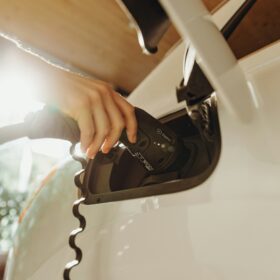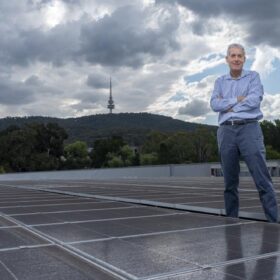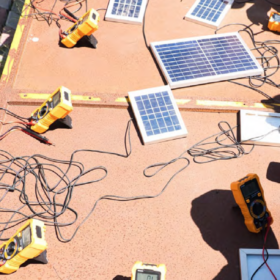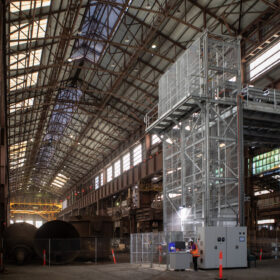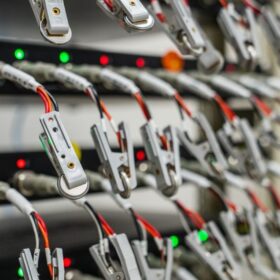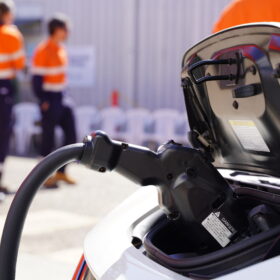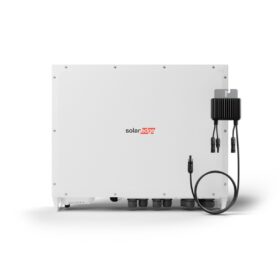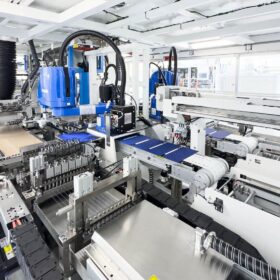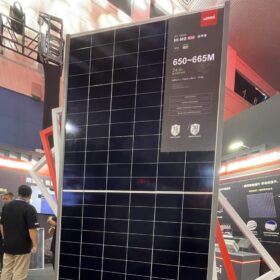Breakthrough EV battery testing improves stability and performance
South Korean Advanced Institute of Science and Technology has developed technology for the precise diagnosis of electric vehicle batteries using small currents that can improve the stability and performance of high-capacity batteries.
Australian co-developer of PERC solar cells wins prestigious ATSE award
Australian co-developer of the passivated emitter and rear contact solar cell, Professor Andrew Blakers, wins prestigious award for contribution to the world’s renewable energy transition.
Off-grid solar appliance repair training a must for remote communities: report
An Australian Research Council funded report co-authored by Sydney-based University of New South Wales and United Kingdom-headquartered charity SolarAid says the off-grid solar sector should do more to enhance their product repair initiatives.
Green Gravity’s long-duration storage solution attracts $9 million in funding
New South Wales-headquartered energy storage company Green Gravity has secured $9 million in funding for its utility-scale long-duration energy storage solution that repurposes legacy mineshafts.
AnteoTech secures first order for silicon battery anode tech
AnteoTech has secured the first commercial order for its silicon-dominant anode technology that is to be incorporated into next-generation batteries being developed by a European electric vehicle manufacturer.
CSIRO and Essential Energy to trial vehicle-to-grid tech
New South Wales distributed network service provider Essential Energy and Australia’s national science agency CSIRO have partnered to investigate how vehicle-to-grid technology can be best integrated as part of a wider home energy management system and support the energy system of the future.
SolarEdge unveils inverters for smaller solar projects
SolarEdge has unveiled its new TerraMax Inverter, which boasts 99% efficiency and enables 200% DC oversizing. It features an integrated night-time PID rectifier and is paired with the company’s H1300 Power Optimisers.
Curtin finding tipped to boost solar cell performance
A group of researchers in Western Australia has discovered how to make more molecules stick to the surface of tiny semiconductor nanocrystals, in a finding they say could revolutionise the efficiency and performance of solar panels.
SunDrive teams with Trina on solar tech development
Solar cell technology innovator SunDrive Solar will join forces with Chinese PV manufacturing giant Trinasolar to develop “cutting-edge” manufacturing facilities and bring Australian-made solar panels to market at scale.
Longi introduces 665 W HPBC photovoltaic modules
The Chinese PV manufacturer said its new module series has a power conversion efficiency of up to 24.8% and temperature coefficient is -0.26% per C.
